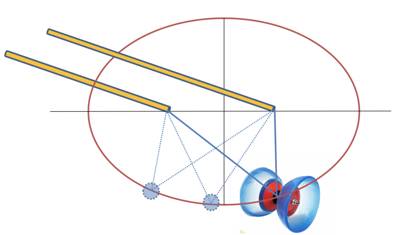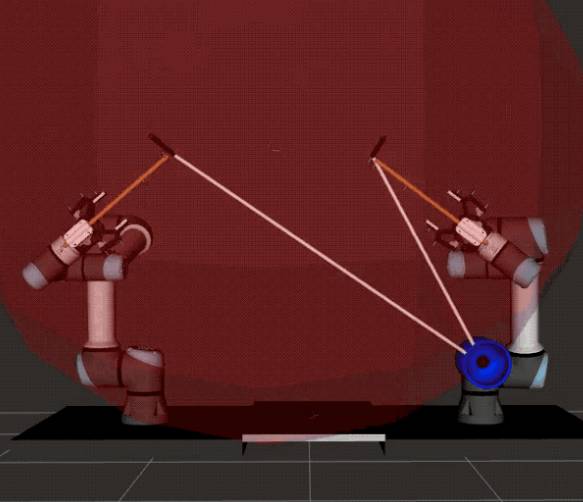| Diabolo Juggling By Robot Arms |
| Written by Lucy Black |
| Sunday, 22 November 2020 |
|
Watching two robot arms play diabolo is enough to induce diabolo envy in anyone who has ever experimented with this type of toy. The good news is that Omron is going to release the simulation model, dataset and control algorithm so that others robot arms can be trained to do similar juggling feats. I well remember being given my first, and only, diabolo. Even though I never got beyond very simple tricks it was great fun and I'm not surprised to discover that it's a competitive sport, or perhaps art, such is the level of skill required. This year, while on a 6-month internship at OMRON SINIC X Corporation, Devwrat Josh constructed a diabolo model using two robot arms. This video shows the achievement: Omron, whose primary focus lies at the intersection of robotics, computer vision, machine learning, and human computer interaction explains in a blog post: We want to push frontiers in fine control and human-machine collaboration, and we wanted to see robots play diabolo. It is a complex system that we felt would make a great robot learning challenge. However, there were no simulators to train in, and training with real robot arms is expensive (and it can be dangerous for high-acceleration tasks like this). Consequently, we decided to create a model that we and others can use in simulation. The simulation model is simplified with a simple idea, expressing the string, which is at the core of diabolo play, as an ellipse: With the two stick tips as the focal points, the ellipse describes all the positions that the diabolo can reach if the string is taut. In 3D, the ellipse becomes a spheroid. The researchers explain: Instead of simulating the physical string, we use an auxiliary spheroid (the 3D shape of the ellipse pictured above) to calculate the forces acting on and the movement of the diabolo. They go on to assume that the diabolo has distinct states, the most basic of which is “On string” in which the string is taut and restricts the diabolo from moving outside of the ellipse and the axle and string interact via friction. In this state, the string keeps the diabolo inside the ellipse, and the string movement along the axle accelerates/decelerates the diabolo: While a lot has already been accomplished the research team intends to extend the work, stating in their arXiv paper: Future work will extend the diabolo model to include gyroscope dynamics and string wrapping, testing residual physics learning to improve the model, and training machine learning agents to perform tricks. They also intend to release the model as a stand-alone module and Gazebo plugin for learning and the dataset used for training. Who would have thought that such a simple juggling device would prove so fruitful for robotics. More InformationAn analytical diabolo model for robotic learning and control - blog post An analytical diabolo model for robotic learning and control by Felix von Drigalski, Devwrat Joshi, Takayuki Murooka, Kazutoshi Tanaka, Masashi Hamaya, Yoshihisa Ijiri
Related ArticlesMetaLimbs: A Way To Have An Extra Pair Of Arms Festo's BionicSoftArm and Hand The Snake Robot Arm Gets Everywhere To be informed about new articles on I Programmer, sign up for our weekly newsletter, subscribe to the RSS feed and follow us on Twitter, Facebook or Linkedin.
Comments
or email your comment to: comments@i-programmer.info |
| Last Updated ( Sunday, 22 November 2020 ) |




